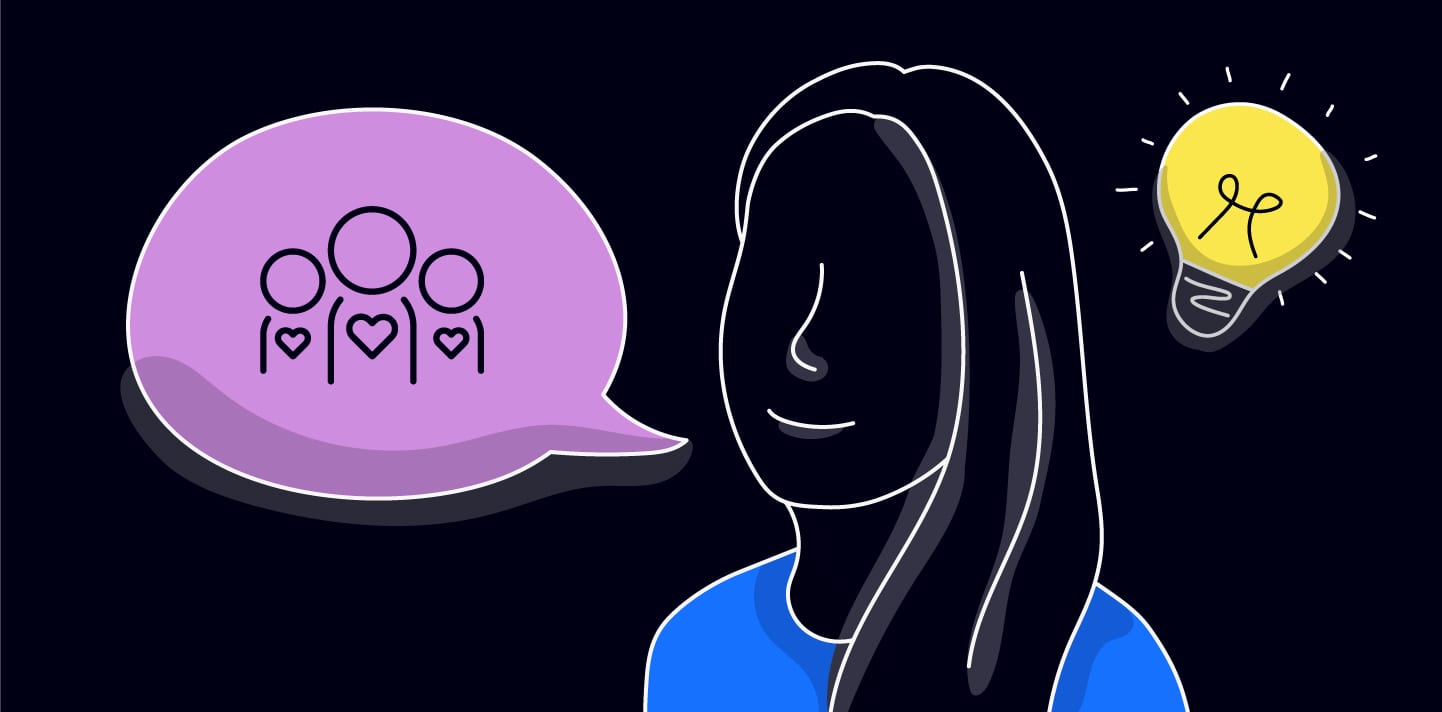DH:
You’ve presented at conferences across the country (and globe) about social change marketing, a communications methodology in which you hold a doctorate. As our first Vice President of Social Change Marketing, can you describe what it is and how you’re using it in campaigns?
Mallory:
Social change marketing is a catch all phrase that covers a few different communications strategies to change behavior. That could be anything from getting people to wash their hands to employees adapting to a new organizational structure. A precious mix of research, facilitation and customized communication can help kick start change, large and small.
There are a few schools of thought. At DH we work a lot with social marketing methodologies that go above and beyond traditional public education/communications work to really get underneath what prevents (or supports!) new behavior. That methodology also works to make impact measurable- decisions are grounded in data.
I did my PhD and taught at the University of Queensland in Australia, focusing on communication for social change more broadly. In addition to social marketing, they were interested in how communication strategies work in different cultural contexts and how we can empower not just audiences, but whole communities. That’s been a key theme in this space over the past decade: empowerment. For me personally, I am interested in questions like, what brings people together? How do you overcome barriers, especially when they are complex and sensitive?
You see that influence in DH campaigns. They are uplifting, even when the topic is hard. They are solution focused. One thing that is unique about our approach is that we are thinking about change long term. We work with clients to make space for community-driven messaging, to gain a deeper, more empathetic understanding of audience behavior, to choose the right mix of media, to tailor campaigns for specific communities and make them more collaborative.
DH:
You’ve applied social change marketing to statewide issues like opioid misuse and traffic safety, but you’ve also applied it to work we do with other clients in hospital systems, energy and education. How can organizations new to social change marketing use its central tenants to reinforce their customer/audience engagement programs?
Mallory:
I joke that a lot of social change campaigns can feel like “Don’t do ____” campaigns. Don’t do drugs. Don’t pollute. Don’t gather in large groups. To really be effective, you need to focus on the change you do want to see. Your communications need to speak to a world where that change is normal and life is better.
One step in the right direction is getting your arms around the data available to you, to help understand what motivates your people and where they are running into barriers. We often make assumptions about why people are doing something, usually with some moral judgment. Data always holds a few surprises, the most common being that everyone is doing the best with what they’ve got to work with. So let’s give people more to work with.
Our job as communicators then becomes meeting people where they are. Things like looking for ways to customize materials, especially if you are a larger organization with local partners, or multiple departments. Looking for opportunities for communications to reflect the community. Maybe that means partnering with the right message carrier or producer. Or using a new platform to communicate. Or making your materials hyper-local and tactically flexible.
Another piece is something that I think a lot of well-meaning teams overlook, and that’s stakeholder facilitation in planning. Partly because it’s hard to get right, and it can seem like this extra step. Is everyone you need at the table from the beginning? Is there a participatory process in place that allows people to weigh in when it’s appropriate, but final decision making is clear? In reality, going through that step saves time down the road – everyone is one the same page and is truly heard. It’s also how you build meaningful relationships with partners, relationships that often outlast a single project.
Approaching audience engagement is less ‘How do I get your attention?’ and more ‘How can I make something easier for you right now?’
DH:
Organizations of all stripes will face challenges and opportunities as we enter a future after the pandemic. Can you summarize some of the advice you’re giving clients coming into 2021 about how to best engage audiences amid so much change in the ways they consume media, changing behaviors and eroded trust in institutions?
Mallory:
Radical empathy! People are going through a lot right now, in some ways that are obvious, and in some ways that are less so. Approaching audience engagement is less “how do I get your attention” and more “how can I make something easier for you right now?”
That’s a lot of the work I have done with my clients this year – finding opportunities to support our audiences and each other, as people. Maybe it’s a message of validation and gentle encouragement that we put out into the world. Or making it super easy to find information and resources that can help people right now. Or simply making space for the anxiety and grief that a lot of us are feeling, and responding to that with flexibility and compassion.
Communication can unburden and that’s powerful. That’s the real opportunity.
DH:
Now that you’ve been promoted, what are you gonna do now?!
Mallory:
Quietly raise hell, what else?

